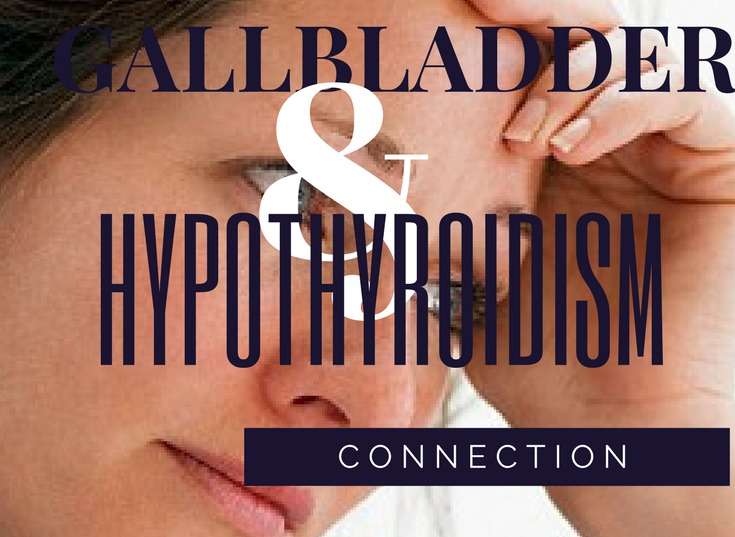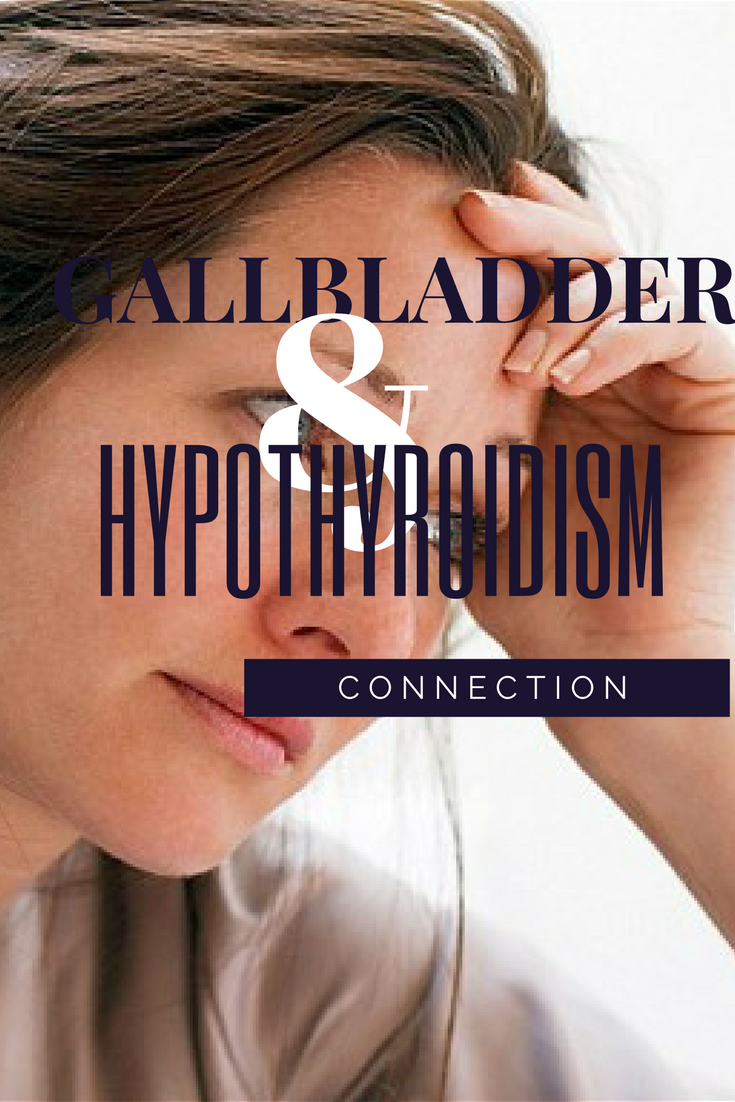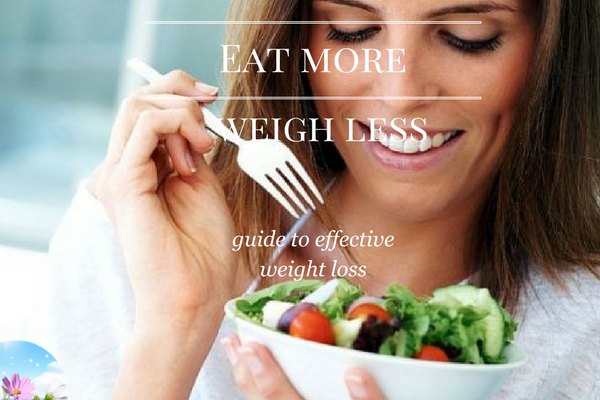The basic signs and symptoms of gallbladder disease:
-
- Pain: The most common symptom of a gallbladder problem presents as pain. This pain usually occurs in the mid- to upper-right section of your abdomen. It can be mild and intermittent to quite severe and frequent. In some cases, the pain begins to radiate to other areas of the body. This includes the back and chest.
- Nausea or Vomiting: Common symptoms include nausea and vomiting, among all types of gallbladder problems. But only chronic gallbladder disease may cause digestive problems. Among these symptoms; acid reflux, gas, nausea, and vomiting.
- Fever or Chills: An unexplained fever may signal that you have an infection. Infection mean you need treatment before it worsens and becomes dangerous. The infection can become life-threatening if it’s allowed to spread to other parts of the body.
- Chronic Diarrhea: More than four bowel movements a day for at least three months may signal chronic gallbladder disease.
- Jaundice. Yellow-tinted skin may be signaling a common bile duct block or stone.
- Unusual Stools or Urine: Lighter-colored stools and dark urine also possible signals of a common bile duct block.
Gallbladder DietClick HereSave Your Gallbladder NaturallyClick Here
Signs and symptoms of gallbladder disease I had experienced began as pain. But didn’t really understand the pain I experienced until the doctor identified it for me!
For the longest time I identified the pain either as constipation or a hernia trying to start. The pain often presents just under your right rib though can migrate to your back, down your side or even into your right shoulder. My experience revolved around a gas like feeling. So I my decision to consult the google doctor about diverticulitis. Even though a woman who zones my feet told me I had gallbladder problems that needed addressed, it didn’t really occur to me that the pain related to signs and symptoms of gallbladder disease!
After my emergency room visit for unbelievable, unrelenting pain that resulted in an ultrasound, several good sized gallstones were discovered.
Apparently gallbladder disease, gout and hypothyroidism tie together and shouldn’t be ignored.
Everything revolves around the liver to start with. The gallbladder is a small organ that sits just inside the dent of the liver on the right side under your ribs. Your liver makes bile. This bile breaks down fat in your diet. Stored in the gallbladder, bile concentrates. Once your stomach signals the gallbladder that it needs to process fat, the gallbladder squeezes out bile into your small intestine. The bile actually helps in the T3 to T4 conversion process!
What is Gout?
Gout, a form inflammatory type of arthritis that usually causes tender, hot, red and swollen joints. The commonly affected joint is the metatarsal-phalangeal joint. Located at the base of the big toe the point where your big toe and your foot connect.
Gout is usually caused by high levels of uric acid in the blood. These crystallizes forming tophi which is then deposited at the tendons, joints and several other tissues near the joints. Excruciatingly painful puts it mildly.
Gout is a signal that if you have symptoms of hypothyroidism. You might be having gallbladder issues too.
How Hypothyroidism and Gallbladder Disease Relate
Because hypothyroidism reduces the amount of thyroxine the ability for the liver to metabolize cholesterol is lowered. This lowering of the ability for metabolizing makes material for the gallstones to form. Even with your gallbladder removed stones can still form in the bile duct.
In general, the pathogenesis of gallstones is a complex process involving mechanisms affecting bile content and bile flow. There are several factors that may contribute to the formation of CBD stones in hypothyroid patients. Based on the investigations currently available, it cannot be concluded whether hypothyroid individuals develop isolated CBD stones. Or present with CBD stones in addition to gallbladder stones.
However, based on what is known about the effects of hypothyroidism on the formation of gallbladder and CBD stones, it seems likely that in hypothyroidism both the risk for gallbladder-originated as well as for de novo CBD stones is increased. In hypothyroidism, the lack of thyroxine (1) decreases liver cholesterol metabolism [6] resulting in bile cholesterol supersaturation, which in turn impairs the motility [13], contractility [14], and filling [15] of the gallbladder, contributing to the retention of cholesterol crystals and to the nucleation and growth of gallstones [13]; (2) diminishes bile secretion from hepatocytes [7] resulting in impaired clearance of precipitates from the bile ducts; (3) reduces SO relaxation [8, 9] resulting in delayed bile flow [16, 17] and thus the formation and accumulation of CBD stones.
4.1. Hypothyroidism Decreases Liver Cholesterol Metabolism
A 90% of hypothyroid patients have elevated cholesterol levels, triglyceride levels, or both [38–42]. Treatment of hypothyroid patients with concomitant hyperlipidemia will have beneficial effects on serum cholesterol levels [40]. In hypothyroidism, decreased LDL receptor activity leads to impaired removal of cholesterol from the serum [38, 43, 44], and reduced regulation of HMG-CoA reductase expression leads to decreased cholesterol synthesis [45, 46]. Even though THs reduce the synthesis of bile salts in human hepatocytes [46], a decrease in biliary bile salt concentration in hypothyroidism has been reported [47]. Hypothyroidism lowers biliary cholesterol secretion in rat, while thyroxine replacement in hypothyroid animals markedly increases cholesterol secretion [48]. However, in cholesterol-fed hypothyroid rat, biliary cholesterol content is significantly increased and the rate of bile secretion decreased [7].
No Thyroid or Gallbladder Makes Weight Loss A Losing Battle?
Prudiddy from my fitness pal shares this encouraging comment:
Hi,
I had my gallbladder removed in 2005 and my thyroid removed in 2013. I have since lost over 70lbs. Since the thyroidectomy last January, I continued to lose weight. It has been a little difficult because not having a thyroid completely works against your metabolism. I fluctuate back and forth between 70-73lbs. I started out on 300 mcg’s of synthroid and after one year, I am at 200 mcg’s. This has affected me in a serious way.
Easy Touch Diabetes Testing Kit
Nurse Hatty® – Ketone Strips
The weight is coming off a lot slower, yet still coming off. One major thing my surgeon advised when I first underwent the thyroidectomy, focus more on duration of the activity/exercise over intensity. Because the med’s will automatically increase your heart rate until you are at a stable dose.
Important Tip
Over all we will be watching what we eat for the rest of our lives. No slacking off like before. We can achieve success even without our gallbladder or thyroid. Taking a little extra effort on your part makes it possible. You just can’t give up. Don’t let the hormonal effect of not having these organs make you an emotional eater. You can do it…A little prayer and a little extra motivation from within goes a long way. Hope I didn’t scare you. Good luck. I’m not an expert, but I have gone through both so I can give you the best information from experience.
With These Signs and Symptoms of Gallbladder Disease What Should You Eat?
Removal of your gallbladder removed doesn’t mitigate the ability to create gallstones. These form in the bile duct! So paying attention to your diet remains extremely important. As well as getting your hypothyroidism under control.
Foods to Avoid If You Have GallBladder Disease & Hypothyroidism
Okay so this goes against everything you might have thought you knew. Eat only a few carbohydrates. Cut out all processed food. And most importantly eat more fat! Yes. FAT! Part of the the reason you suffer from signs and symptoms of gallbladder disease is that you eat a low fat diet. You need fat. Eating fat especially if you have thyroid issues helps your body cope. A hugely important factor in the hormone conversion process, bile breaks down fat . Add some bile salts when you eat.
No, eating fat won’t make you fat. Eating sugar makes you fat.
My Journey with signs and symptoms of gallbladder disease
Over the last few months I have learned a lot about coping with signs and symptoms of gallbladder disease. Big changes summarize the effects to my diet.
High-fiber and gas-producing foods that can be an issue after surgery can also interfere with your thyroid production
- Cereals
- Whole-grain breads
- Nuts
- Seeds
- Legumes
- Brussels sprouts
- Broccoli
- Cauliflower
- Cabbage
The Liver and Gallbladder Miracle CleanseClick HereThe Gall Bladder Survival GuideClick HereGall Bladder FormulaClick HerePremier Gallbladder SupportClick HereGallbladder CompleteClick Here
Be sure to grab your copy of Eat More Weigh Less for more ideas about how and what to eat if you are suffering from signs and symptoms of gallbladder disease.














